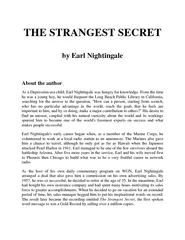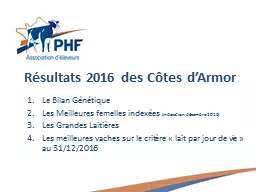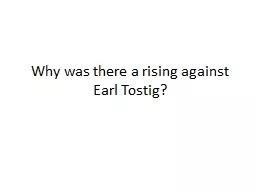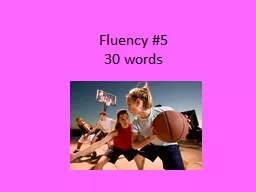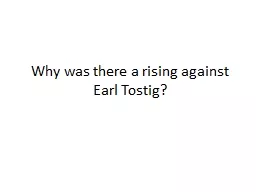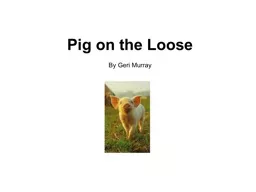PPT-You can NOT be serious! Dr Tim Paulden EARL 2014, London, 16 September 2014
Author : danika-pritchard | Published Date : 2019-11-01
You can NOT be serious Dr Tim Paulden EARL 2014 London 16 September 2014 How to build a tennis model in 30 minutes Innovation amp Development Manager Atass Sports
Presentation Embed Code
Download Presentation
Download Presentation The PPT/PDF document "You can NOT be serious! Dr Tim Paulden..." is the property of its rightful owner. Permission is granted to download and print the materials on this website for personal, non-commercial use only, and to display it on your personal computer provided you do not modify the materials and that you retain all copyright notices contained in the materials. By downloading content from our website, you accept the terms of this agreement.
You can NOT be serious! Dr Tim Paulden EARL 2014, London, 16 September 2014: Transcript
Download Rules Of Document
"You can NOT be serious! Dr Tim Paulden EARL 2014, London, 16 September 2014"The content belongs to its owner. You may download and print it for personal use, without modification, and keep all copyright notices. By downloading, you agree to these terms.
Related Documents




